SAUGERTIES, N.Y. – We’re often being sold on the benefits of being better listeners. Yet in this polarized, service-averse nation, the Art of Listening — to each other, or to business customers — may be at a low ebb. For Volkswagen, a stubborn unwillingness to really hear what American customers were saying helped trigger a decades-long decline in sales and market share.
They’re listening now. And the 2024 Volkswagen Atlas and Atlas Cross Sport are happy results, with more evidence to come via the electric ID. Buzz van. More than most mid-cycle refreshes, the three-row Atlas and two-row Cross Sport show what happens when automakers truly listen to every customer complaint and media gripe, and choose comprehensive improvement over window dressing or excuse-making. For these good-value, big-box family SUVs — two areas that didn’t need fixing — decisive upgrades to a formerly Walmart interior, a reworked body, a stronger and more-efficient powertrain, and a big jump in standard features, give the Atlas siblings a healthy lift versus its multitude of two- and three-row rivals.
As a VW designed and engineered specifically for Americans, the Atlas already opened VW’s ears, like it or not, to screaming demand for roomier SUVs. Just a decade ago, passenger cars made up 91% of VW’s U.S. sales. Today, SUVs are capturing 83% of VW sales. That’s led by the Tennessee-built Atlas, which (including the slope-roofed Cross Sport) has found nearly 500,000 buyers since its introduction as a 2018 model, and generates the most brand profits.
True to family-SUV form, we set off from a glamping site of Airstream trailers in New York’s rustic-chic Catskills Mountains at the thick-gripped wheel of an Atlas SEL Premium R-Line, which runs $53,085 (including $1,350 destination). That’s top dog in a lineup that starts from $38,065 for a Cross Sport SE, or $38,965 with 4Motion AWD. Right away, these Atlases felt more deserving of a monthly payment, ditching groan-worthy pebbled plastic for handsome soft-touch materials and new color palettes, seat trims and decors that flow from the doors through the dash: “Precious Walnut,” ash-like “Nord Mystery,” or a coppery faux carbon fiber. Quilted, diamond-pattern leather is offered on seats, including bigger-bolstered chairs up front, and is no less welcome despite being a design cliché. (The front seatbacks could still use more cushioning and support). For a touch of added value, leather and heated rear seats are now standard on SEL models starting from $48,785, one trim level lower than before. Optional 30-color ambient lighting provides a literal glow-up. The new cabin won’t be confused with a Kia Telluride in edge-of-luxury terms, but it does meet longtime expectations that VW interiors should uphold the brand’s German heritage and punch above their weight.
Pictured below left, the new Atlas Peak Edition brings two exclusive colors (Avocado Green and Pure Gray), and outdoor adventure-looking add-ons, including blacked-out 18-inch alloy wheels, all-terrain tires and black-and-silver body cladding. All 2024 Atlas versions get a brawnier mug, with a tasteful, black-scalloped grille digging deeper into a resculpted lower fascia. Most trims get white LED mascara with an illuminated front light bar and VW logo, with a full-length rear light bar standard. These details add up, including available 20- or 21-inch alloy wheels, heightening attention to the Atlas’ crisp-yet-understated sheetmetal.
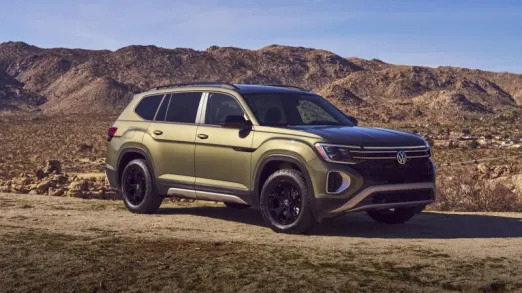


A 12-inch center screen now hovers atop the dash. The size is a commendable upgrade over what was there before, but that’s all the praise it will receive. The Atlas has been blighted by Volkswagen’s new infotainment system, previously found in the ID.4 and GTI. The frustrating menu structure, wonky capacitive switches, dearth of physical buttons, voice assistant with questionable grasp of the English language … it’s all here. As such, while the new Atlas addresses many issues with the original version, Volkswagen has added something arguably even worse. It’s not as though VW plugged its ears here. Top executives are aware of how reviled the entire system is. They have vowed to replace them, beginning with steering wheels on a new Tiguan, and to update software as well. But the brand can’t junk its nearly-new system hardware overnight, without squeezing some use out of it. And the Atlas was obviously too far along in its development to be the recipient of an improved system (or perhaps to leave the perfectly serviceable old system in place).
At least it joins an eye-friendly 10.25-inch reconfigurable driver’s display with full-screen navigation readouts (for nav-equipped versions) and an optional head-up display. New standard gear includes three-zone automatic climate control, heated and ventilated front seats, a heated steering wheel, adaptive front lighting, height-adjustable passenger seat, voice controls, wireless charging and VW’s wireless AppConnect. A standard IQ.Drive driver-assistance system brings features such as adaptive cruise, lane-keeping assist, blind-spot warning and automatic emergency braking that for 2024 better detects cyclists and pedestrians. Up to eight USB-C ports are available, with zippy 45-watt charging speed, in the sprawling interior that brings the family limitations of smaller SUVs (and even some rival midsizes) into stark relief.
The three-row Atlas can beckon normal-sized humans into the way-back, and still find room for nearly 21 cubic feet of luggage space behind the third row (it should remain one of the biggest and most versatile in this regard), and a class-crushing 96.8 cubes with all seats folded. For both models, second-row legroom rivals some full-size luxury sedans and SUVs, with 7.7 inches of fore-and-aft sliding and 14 degrees of rear recline. Meanwhile, its tricky folding action not only allows for a larger-than-usual pass-through to the third row, but lets parents keep many child seats installed when in use.
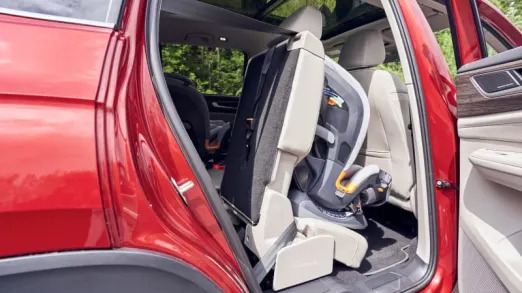
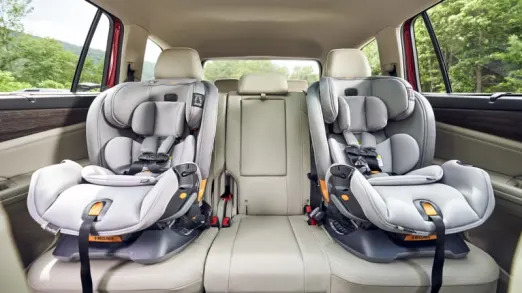
As iffy as the old interior could be, the Atlas’ biggest issue was previously found under the hood. Most versions had a narrow-angle VR6 good for 276 horsepower and 266 pound-feet of torque, while a 2.0-liter turbo inline-four that gradually found its way into more versions had 235 hp and 258 lb-ft. It just wasn’t enough to motivate an SUV that could top 4,600 pounds. Both engines are now done for, replaced by the modernized, 2.0-liter turbo-four from the Golf R and Arteon. Even detuned to 269 horses and 273-pound feet, this engine finally gives the Atlas more than a shrug in response to heavy throttle: 60 mph arrives in 7.5 seconds in AWD trim, versus the 8.3 seconds of departed VR6 models, a palpable gain in stress-free pace. At 1,550 rpm, the four-cylinder generates 28% more torque than the departed six-cylinder, reducing the previous urge to cane the Atlas just to get things moving around town or entering a highway.
On grizzled-but-glorious Catskills roads, dashing through green curtains of surrounding ridges, the Atlas pulls strongly in second, third or fourth gear. Fourth gear will flirt with triple-digit speeds, easily enough grunt for this SUV’s chosen mission. The eight-speed automatic adds by-wire shifting, the previous (somewhat clunky) scepter-size console lever has been replaced by a vestigial piano-black toggle, and paddle shifters are now standard. Fuel economy wasn’t great before, either, and it too rises, to 20 mpg city, 27 mpg highway and 23 mpg combined for front-drive models, and with 4Motion all-wheel-drive, 19/26/22 mpg for SE trims, 19/25/21 for Atlas SEL trims, and 18/24/20 mpg for the Peak Edition and its all-terrain tires. Towing capacity holds steady at 5,000 pounds.
As ever, the Atlas’ light, almost dainty-feeling steering and absorbent ride — again, ask Americans how they like their SUVs — precludes any sense of being in a supersized GTI, or even a Mazda CX-90. This goes for both versions, by the way, despite “Sport” being in the two-row’s name. Pretending they are, in fact, a GTI elicits a cold splash of understeer to bring you back to earth, parental responsibility or both. The brake pedal’s initial application is also cush enough to avoid upsetting baby; but a firmer step delivers surprisingly short and confident stops. Yet the Atlas will circle a yard as faithfully as a golden retriever: Steady, watchful, no surprises, no unexpected moves.
As much as the new infotainment system dampens the mood, the consolation for Atlas and Atlas Cross Sport buyers or shoppers is that history’s biggest Volkswagen now has much more going for it than square footage for-the-dollar: Sharper looks, stronger performance, more stuff, and a cabin that can hold its head up against key rivals. Listen closely, and you may hear a Volkswagen brand that, after years of static and missteps, is finally getting on Americans’ wavelength.
Related video:
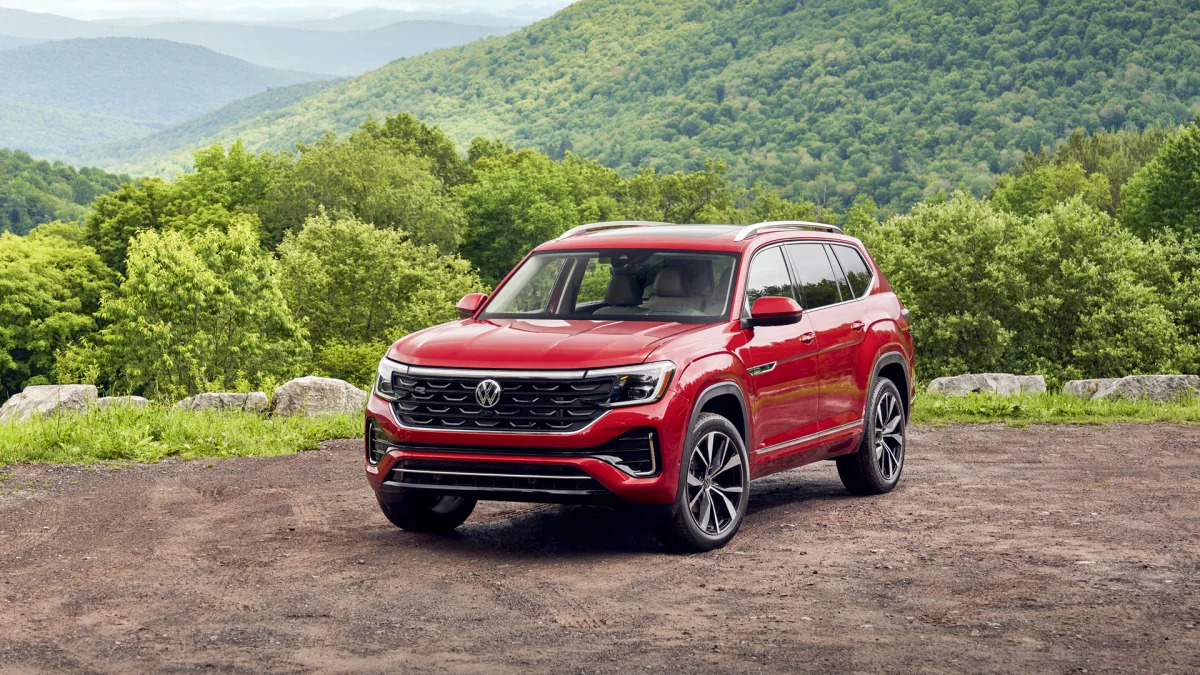
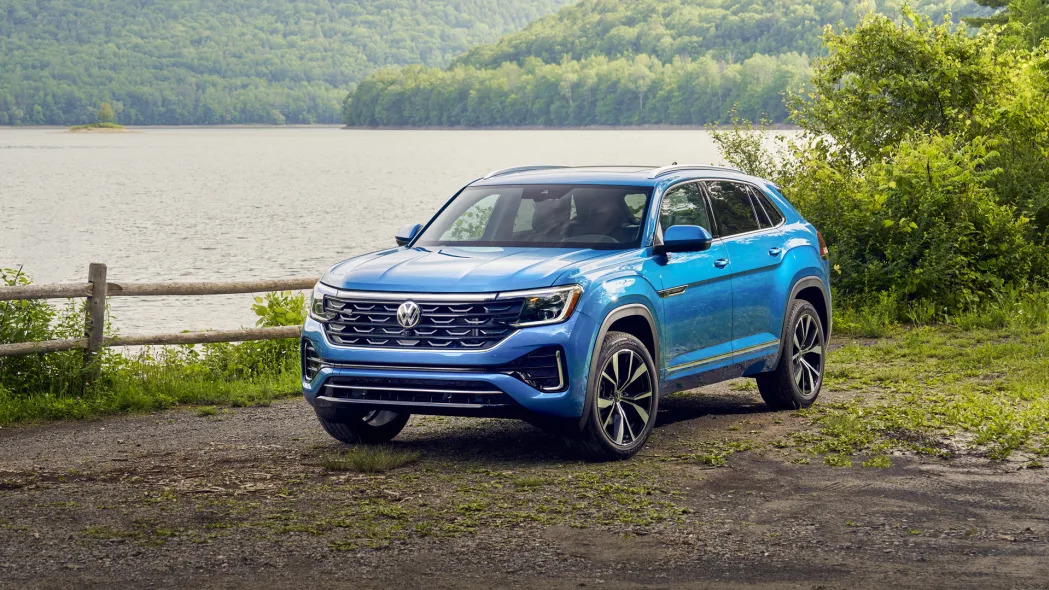








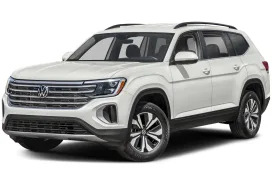
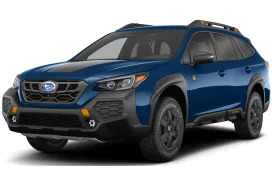
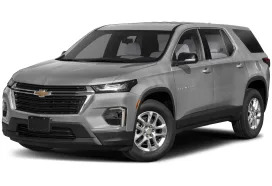

Sign in to post
Please sign in to leave a comment.
Continue